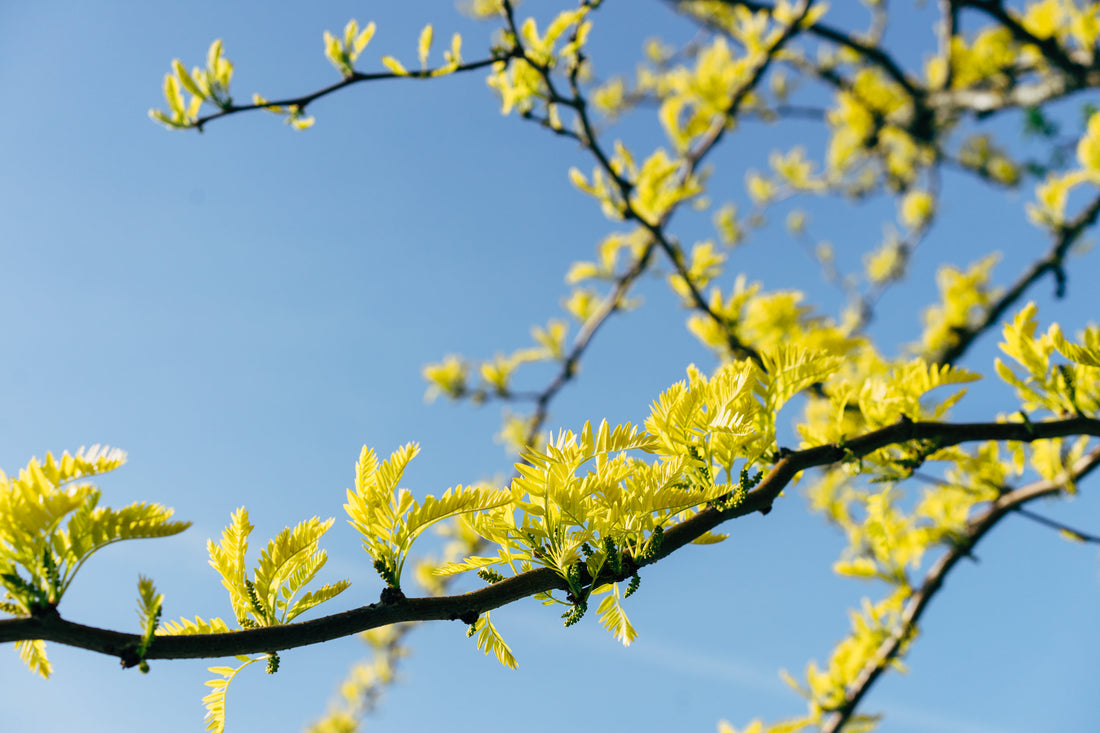SDGs (Sustainable Development Goals)
"Transforming our world" adopted at the time of the "UN Sustainable Development Summit" held at the United Nations headquarters in New York in September 2015. : 2030 Agenda for Sustainable Development ”.
In Japanese, it is called "Sustainable Development Goal".
One of the 17 goals, "15. Let's protect the abundance of land," is "Protection, restoration, promotion of sustainable use, and sustainable forest management of terrestrial ecosystems." It consists of 12 targets under the theme of "Countermeasures against desertization, and prevention / recovery of land degradation and prevention of biodiversity loss".
The actions "carbon offset" and "carbon neutral" for climate change, which have become a problem in recent years, are reduced by all means, mainly on the premise that companies minimize the emission of greenhouse gases including carbon dioxide. Emissions that cannot be achieved are compensated for by investing in activities aimed at reducing them.
Needless to say, forests play a major role in absorbing carbon dioxide. We do not deny the efforts of companies to buy reduced credits as part of the efforts mentioned above, but more directly to the global environmental crisis in front of us. Isn't it necessary to work on it?
SDGs Goal 15 Actions and Contribution of HAND in HAND
Contribution to forest conservation by donating the consumption of domestic timber, which is our purpose, and its profits. The goals and actions that are particularly relevant are:
・ Goal
15.2 By 2020, promote the implementation of sustainable management of all types of forests, prevent deforestation, restore degraded forests, and replant and reforest all over the world. Is greatly increased.
・ Action
15.b Procurement of funds for sustainable forest management and developing countries from all sources at all levels to promote sustainable forest management including conservation and reforestation Mobilize a considerable amount of resources to provide sufficient incentives to.
HAND in HAND is a small initiative, but if you look at the whole world as one forest, you should not use thinned wood from overseas forests, which are rapidly decreasing, but rather utilize it at present. The purpose is to further expand the use of thinned wood from Japan that has not been used.
In that sense as well, we Japanese believe that incorporating more Japanese trees into our lives will prevent deforestation in the world and lead to the restoration of deteriorated forests.




